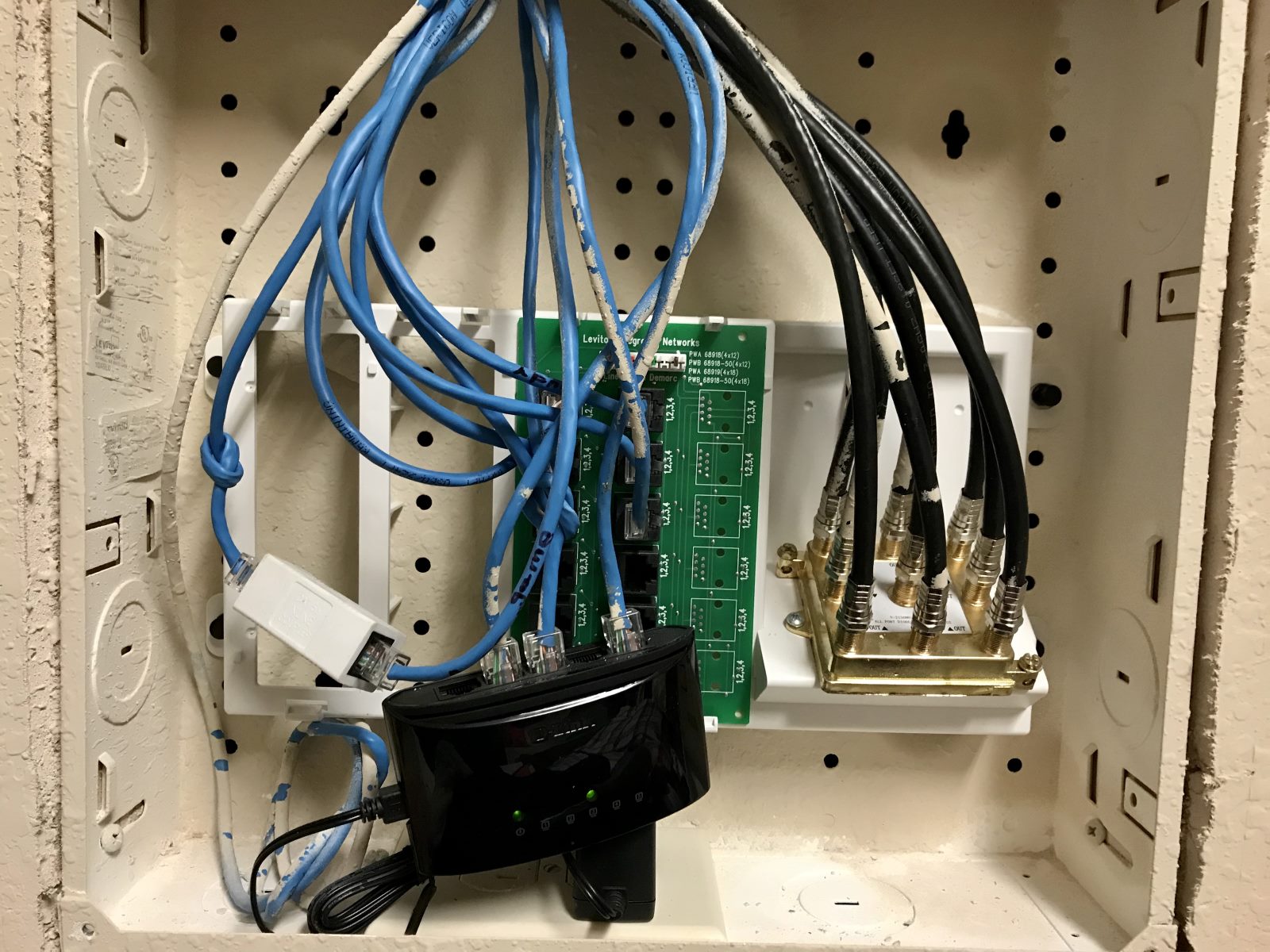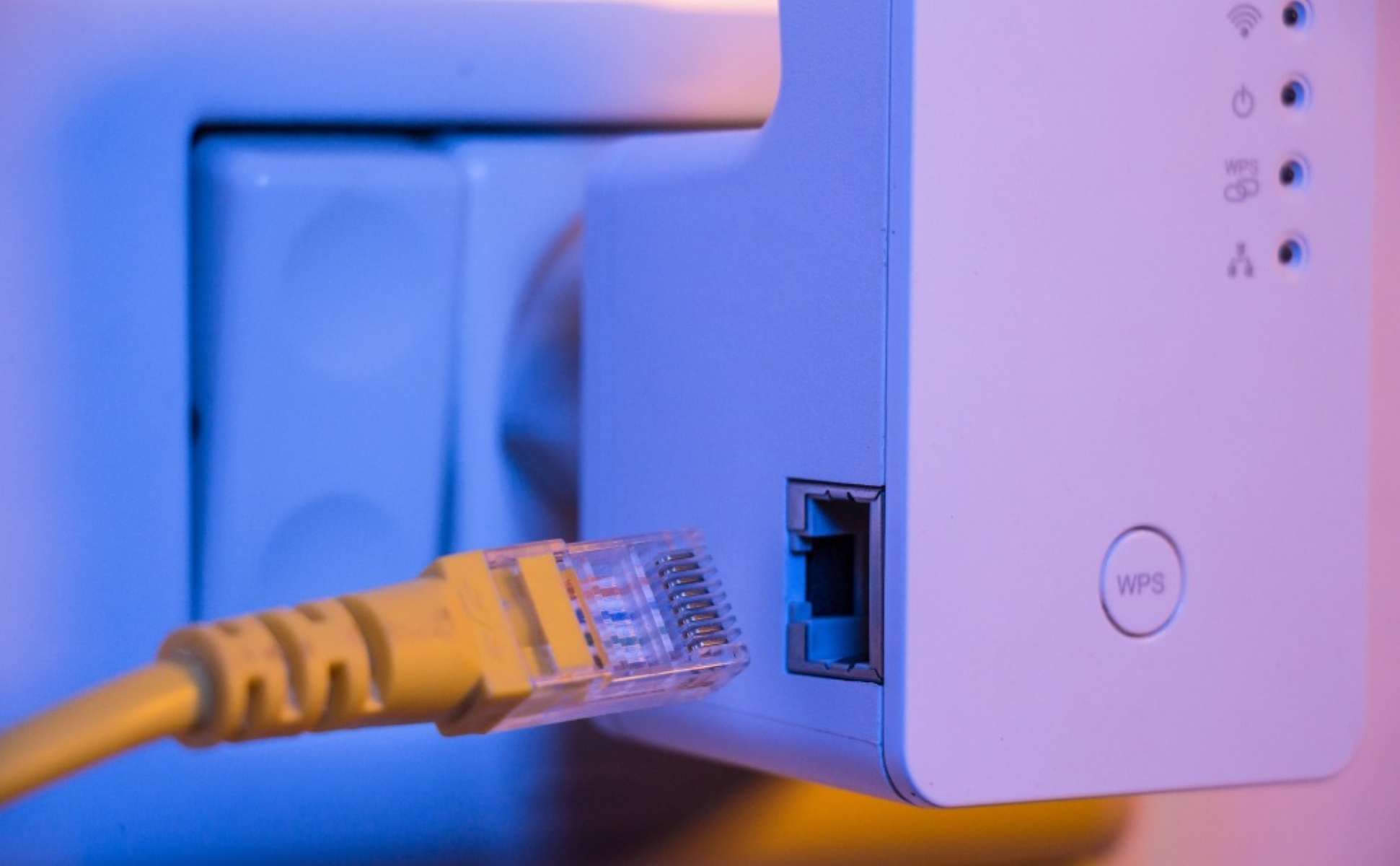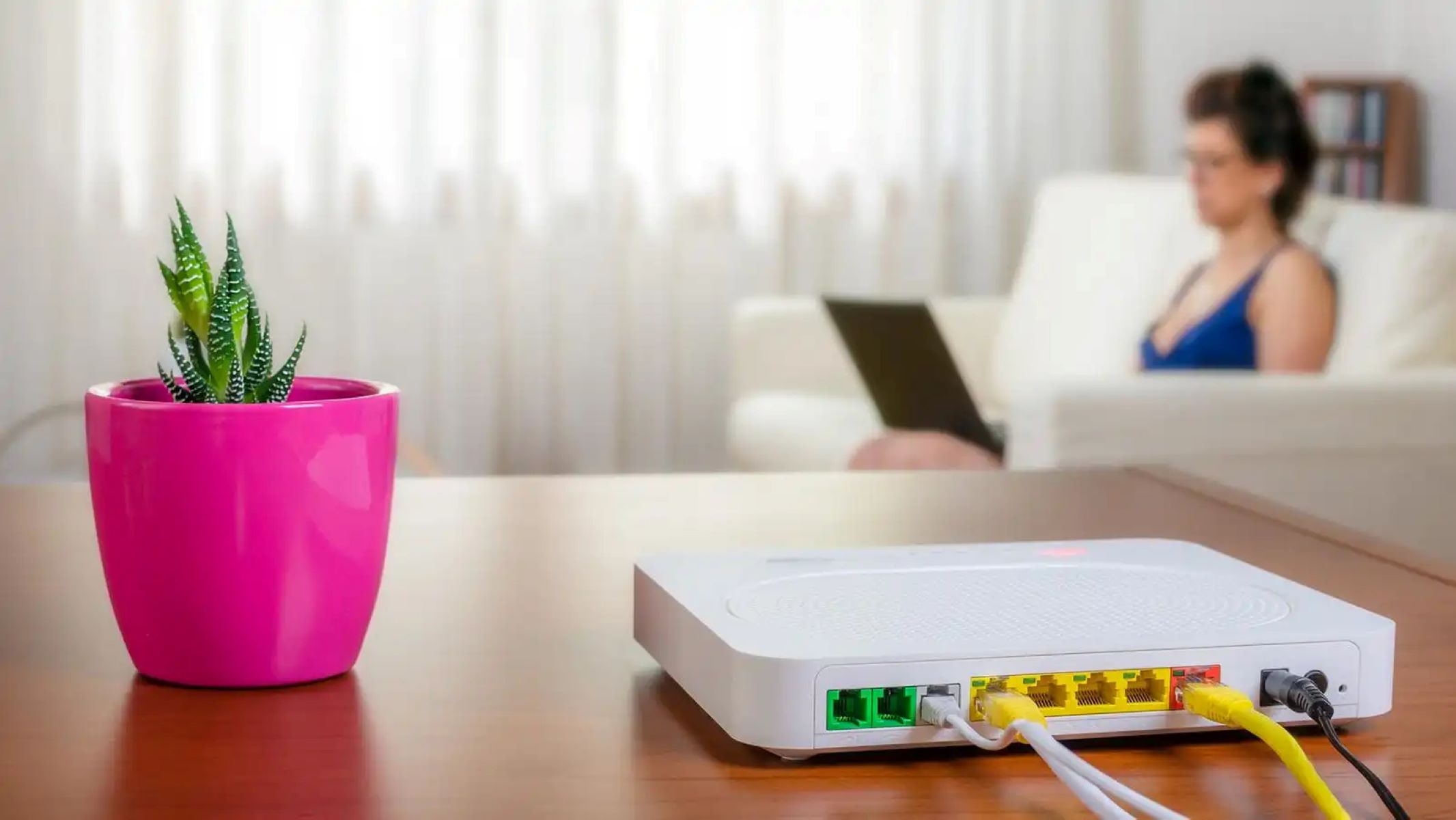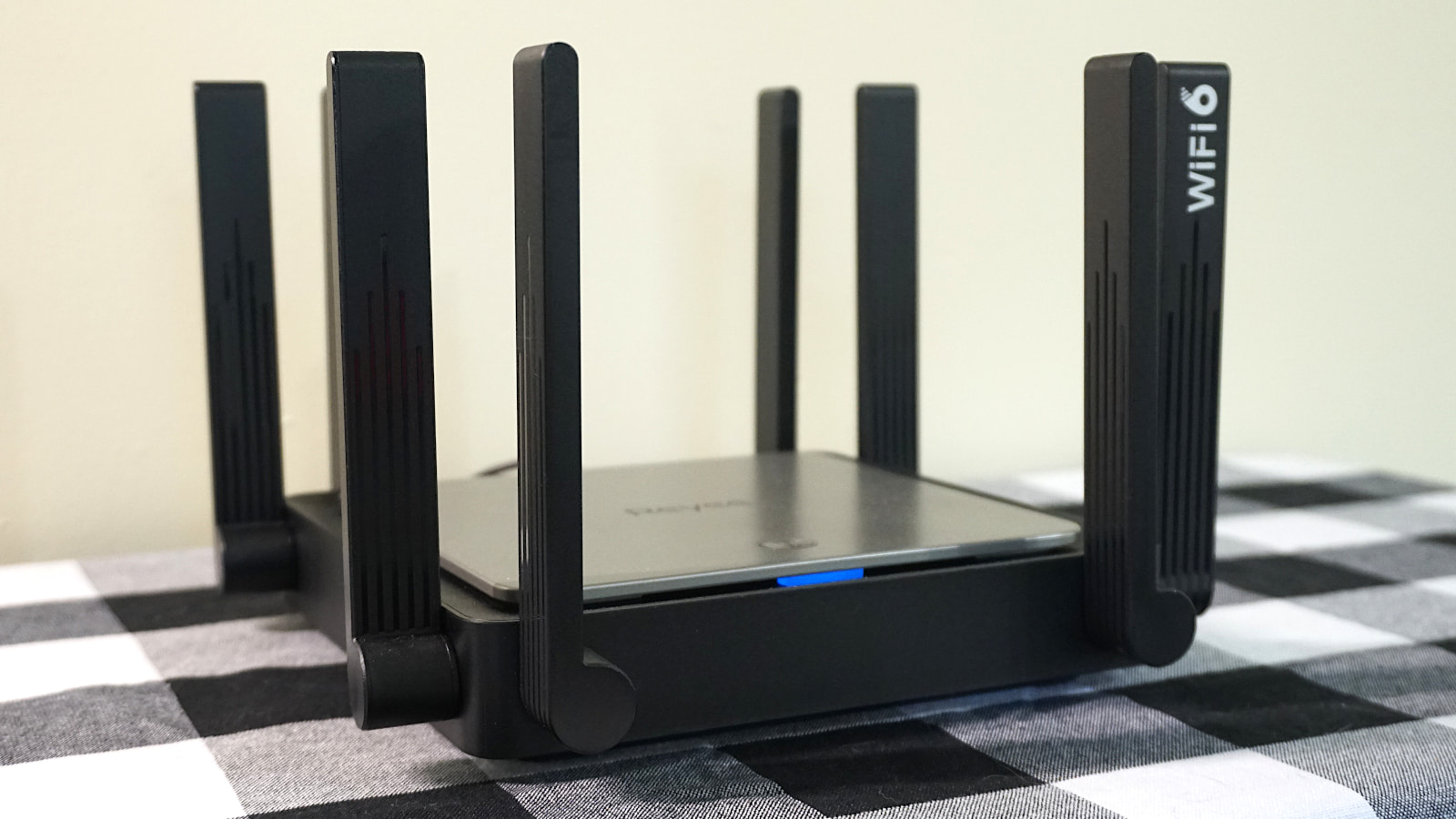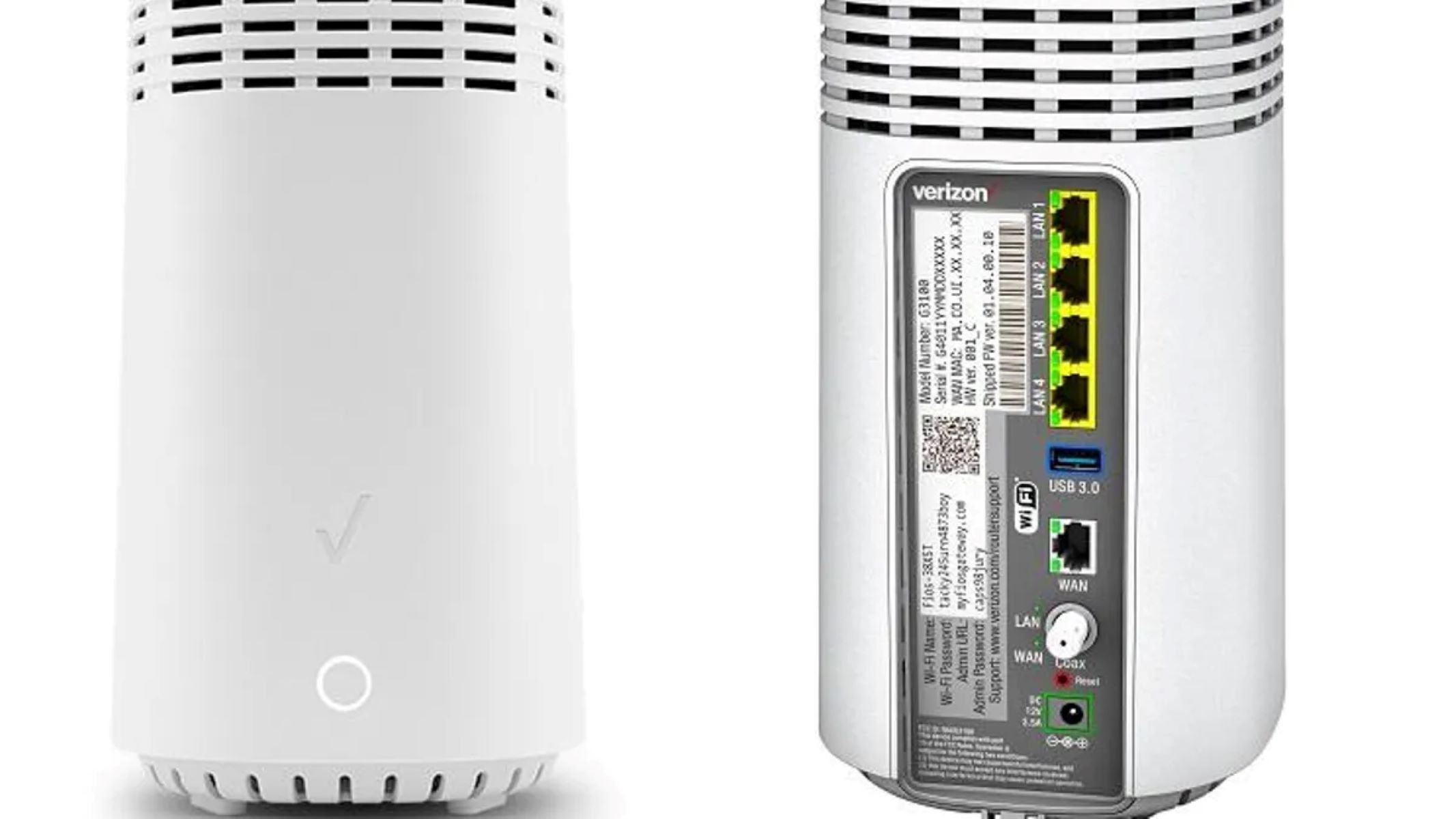Introduction
Are you looking to find an Ethernet port in your house? Ethernet ports are essential for a stable and fast internet connection, especially if you prefer a wired connection for your devices. Whether you need to connect your gaming console, smart TV, or computer, having an Ethernet port nearby can make a significant difference in your internet performance.
Finding an Ethernet port in your house may seem like a daunting task, but with a little bit of knowledge and exploration, you can locate one without much trouble. In this article, we will guide you through a step-by-step process to help you find an Ethernet port in your house.
Before we dive into the details, it’s important to note that the availability of Ethernet ports in a house can vary. Newer homes generally have Ethernet ports in multiple locations, while older homes may have fewer or none at all. However, even in older homes, there are often hidden or less obvious locations where Ethernet ports may be present. So, let’s get started and discover where you can find an Ethernet port in your house!
Step 1: Check the Router
The first place you should check when looking for an Ethernet port in your house is your router. The router is the central hub for your internet connection and is typically where the Ethernet ports are located. Look for a device with multiple ports on the back or side, often labeled as “LAN” or “Ethernet.”
Most routers come with at least four Ethernet ports, but the number may vary depending on the model. These ports are used to connect devices directly to the router using an Ethernet cable. If you find these ports on your router, you’re in luck – you have Ethernet connectivity readily available!
However, keep in mind that not all routers have visible Ethernet ports. Some modern routers have them concealed within the device or have integrated ports that are not easily recognizable. In such cases, refer to the router’s user manual or do a quick online search for your specific model to locate the Ethernet ports.
If your router does not have any visible Ethernet ports, don’t worry just yet. There are still other places to explore in your house where Ethernet ports might be hiding. Let’s move on to the next step to continue our search.
Step 2: Inspect the Walls
If you couldn’t find an Ethernet port on your router, the next step is to inspect the walls of your house. Many homes have Ethernet ports installed in the walls, usually in strategic locations such as the living room, home office, or bedrooms. These ports are often hidden behind wall plates or outlets, so a close inspection is necessary.
Start by visually scanning the walls of each room for any Ethernet-related wall plates. These plates are larger and typically rectangular in shape compared to regular electrical outlets. Look for plates labeled with “Ethernet” or “Data” symbols, or similar indications that suggest the presence of an Ethernet port behind them.
Once you locate a potential Ethernet wall plate, remove it carefully to check if there is a functional Ethernet port underneath. You may need a small screwdriver to unscrew the plate from its position. Keep in mind that some plates may be secured with clamps or clips, so you may need to gently pry them open.
If you find an Ethernet port behind the wall plate, congratulations! You have discovered an available Ethernet connection point. Leave the plate off for now, as you might want to test the connection later or consider installing a new wall plate to enhance the room’s aesthetics.
However, if you don’t find any Ethernet ports behind the wall plates, don’t get discouraged just yet. There are still more areas to explore in your house where Ethernet ports might be lurking. Let’s move on to the next step in our search.
Step 3: Search the Basement or Crawl Space
If you haven’t found any Ethernet ports on your router or in the walls, it’s time to expand your search to the basement or crawl space of your house. Many homes have Ethernet wiring running through these areas, connecting different rooms to a central location where the router is typically located.
Begin by heading to the basement or crawl space and inspecting the areas where the electrical wiring is visible. Look for Ethernet cables that are bundled together or running along the walls. These cables are usually thicker and have a distinctive appearance compared to regular electrical wiring.
Follow the Ethernet cables and see if they lead to a central location or a networking panel. Often, these cables will converge at a patch panel or a network distribution point where the Ethernet connections are terminated. Check if there are any available Ethernet ports or wall plates in this area.
If you find Ethernet ports in the basement or crawl space, it’s likely that these ports are connected to various rooms in your house. Take note of their locations and consider using them for your devices. However, keep in mind that these ports may require additional work to activate, such as connecting them to a switch or a router.
If you don’t find any Ethernet ports in the basement or crawl space, don’t fret. There are still other places to explore in your house where Ethernet ports could be hiding. Let’s move on to the next step in our search.
Step 4: Look in the Attic or Ceiling
If you haven’t had any luck finding Ethernet ports in the previous steps, it’s time to check the attic or ceiling of your house. In some cases, Ethernet cables may be routed through the attic and down into the walls, providing connectivity to different rooms in the house.
Start by accessing your attic if you have one. Use caution and follow safety protocols when climbing up and walking in the attic space. Once in the attic, look for any visible Ethernet cables running along the beams or walls. These cables may be attached to the surface using clips or staples for support and protection.
Follow the Ethernet cables to see where they lead. They may go through the roof, into walls, or towards a central location where the networking equipment is located. Look for any visible Ethernet ports or wall plates along the way. These ports may be affixed to the walls or hidden behind insulation or other materials, so a thorough search is necessary.
If you discover Ethernet ports in the attic, you’ve likely found a central point where the Ethernet connections for the different rooms in your house converge. Take note of their locations and consider utilizing them for your devices. Keep in mind that activating these ports might require additional work, such as connecting them to a switch or a router.
If you don’t find any Ethernet ports in the attic or ceiling, don’t lose hope. There are still other areas to explore in your house where Ethernet ports may be hiding. Let’s move on to the next step in our search.
Step 5: Check the Garage or Utility Room
If you haven’t found any Ethernet ports in the previous steps, it’s worthwhile to check the garage or utility room of your house. These areas are commonly used as networking hubs, especially in newer homes or homes that have been renovated with Ethernet connectivity in mind.
Begin by examining the walls of the garage or utility room. Look for any Ethernet ports or wall plates similar to the ones you’ve seen in other areas of your house. Pay close attention to areas near power outlets or where other networking equipment, such as switches or patch panels, may be installed.
If you find Ethernet ports in the garage or utility room, it’s likely that these ports are connected to various rooms or areas of your house. Take note of their locations and consider utilizing them for your devices. Keep in mind that these ports might require additional work to activate, such as connecting them to a switch or a router.
If you don’t find any Ethernet ports in the garage or utility room, don’t be discouraged. There are still other places to explore in your house where Ethernet ports could be hiding. Let’s move on to the next step in our search.
Step 6: Explore Other Rooms
If you haven’t had any success finding Ethernet ports in the previous steps, it’s time to explore other rooms in your house. While the most common locations for Ethernet ports are the router, walls, basement, attic, and garage/utility room, it’s still possible to find hidden ports in unexpected places.
Start by thoroughly examining each room in your house. Look for any suspicious wall plates or outlets that may indicate the presence of an Ethernet port. Pay attention to rooms that may have been converted into home offices, media rooms, or entertainment centers, as they are more likely to have Ethernet connectivity.
Check behind furniture, bookshelves, or curtains, as Ethernet ports may be hidden from plain sight. Look for any signs of Ethernet cables running along the walls or floor, which can hint at the existence of a hidden Ethernet connection. Don’t forget to inspect the corners, nooks, and crannies of each room.
If you come across any wall plates that seem different from typical electrical outlets, remove them gently to verify if there is an Ethernet port behind them. Some wall plates may require unscrewing or prying open with a flathead screwdriver or a similar tool.
Remember, Ethernet ports can be installed in various locations within a house, depending on the needs and preferences of the previous homeowners or builders. Don’t limit your search to just the obvious areas and keep an open mind while exploring other rooms.
If you still can’t find any Ethernet ports in other rooms, don’t lose hope. There is one final step you can take before considering other options. Let’s move on to the next step in our search.
Step 7: Consider Hiring a Professional
If you’ve exhausted all your efforts and still haven’t been able to find any Ethernet ports in your house, it may be time to consider hiring a professional. A professional network technician or electrician can help you locate or install Ethernet ports in your desired locations, ensuring a reliable and efficient wired internet connection throughout your home.
A professional will have the knowledge and expertise to perform a thorough inspection and identify the best locations for Ethernet ports based on your specific needs. They can assess your existing wiring infrastructure, provide guidance on the optimal placement of ports, and efficiently install them with minimal disruption to your home.
Additionally, a professional can also assist with testing and troubleshooting any Ethernet connections to ensure they are working correctly. They can verify the connectivity and quality of each port, making necessary adjustments or repairs if needed.
While hiring a professional may involve additional costs, it can save you time, effort, and potential frustration in the long run. They can provide you with a professional-grade Ethernet setup that meets your requirements and exceeds your expectations.
To find a reputable network technician or electrician, consider asking for recommendations from friends, family, or neighbors who have recently had Ethernet ports installed. You can also search online for local professionals in your area and read reviews to assess their reliability and quality of service.
Remember, hiring a professional is an investment in your home’s internet infrastructure, ensuring a stable and fast connection for all your devices. It’s a worthwhile consideration if your efforts to find Ethernet ports on your own have been unsuccessful.
Conclusion
Finding Ethernet ports in your house can greatly enhance your internet experience by providing a stable and fast connection for your devices. While the process may seem challenging at first, with a systematic approach and a little exploration, you can locate Ethernet ports in your home.
Start by checking your router for visible Ethernet ports, followed by inspecting the walls for hidden wall plates. If you don’t find any ports in these areas, search the basement or crawl space, as well as the attic or ceiling, as Ethernet cables may be routed through these locations. Don’t forget to explore the garage or utility room, as they often serve as networking hubs.
If all else fails, consider hiring a professional network technician or electrician. They have the expertise to locate or install Ethernet ports in the best locations for your specific needs, ensuring a reliable and efficient wired internet connection throughout your house.
Remember, the availability of Ethernet ports may vary depending on the age and design of your house. Newer homes are more likely to have Ethernet ports readily available in multiple locations. Older homes may require additional effort to locate or install Ethernet ports.
By following these steps and considering professional assistance if needed, you can successfully find Ethernet ports in your house and enjoy a seamless wired internet connection. Say goodbye to Wi-Fi dead zones and slow connections, and say hello to improved internet performance for all your devices.







